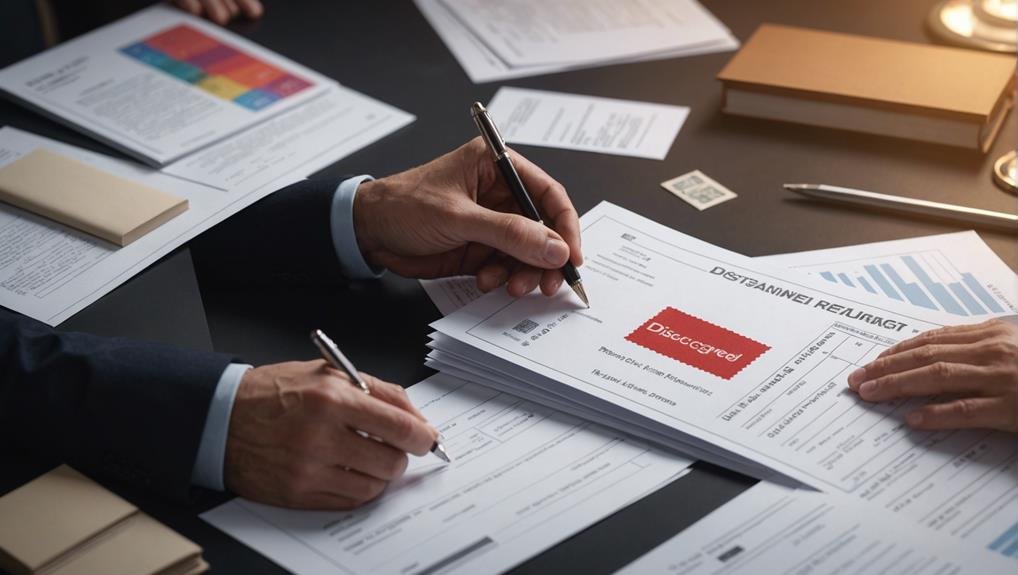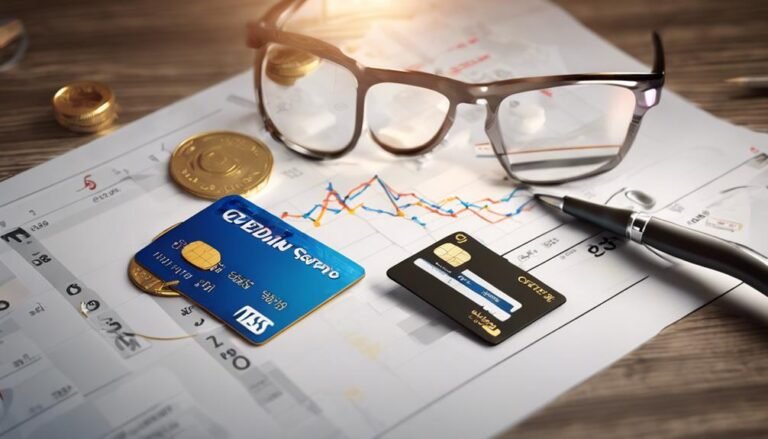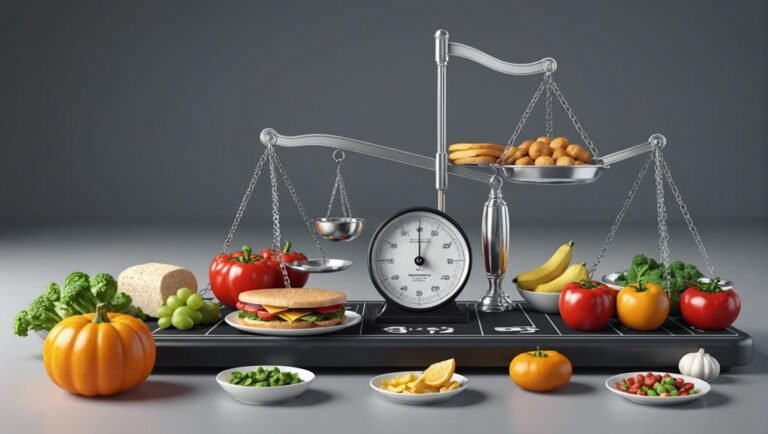Bankruptcy Discharge: Meaning, Overview, FAQ
Bankruptcy discharge is a legal process granting debtors relief from specific financial obligations by court order, essential for their financial recovery. Debts like medical bills are dischargeable in Chapter 7, but not all debts qualify. Reasons for denial vary and could lead to revocation, especially in fraud cases. Bankruptcy has a substantial impact on credit scores, making it challenging to secure favorable loans. Consistent credit repair efforts can gradually improve creditworthiness. Accessing reliable resources, such as Fiona.com and the Consumer Financial Protection Bureau, can assist in managing post-bankruptcy financial matters. Understanding these aspects can help debtors make informed decisions for their financial future.
Key Takeaways
- Bankruptcy discharge is a court order releasing debtors from specific debts.
- Understanding dischargeable vs. non-dischargeable debts is crucial in bankruptcy.
- Reasons for denial include failure to provide documents and creditor objections.
- Bankruptcy significantly impacts credit scores, making loan approval challenging.
- Access reputable resources like Fiona.com and US Courts for bankruptcy guidance.
Definition of Bankruptcy Discharge
In the domain of bankruptcy law, the term 'bankruptcy discharge' stands as a pivotal legal concept that serves as a court-issued order releasing a debtor from specific debts, marking an essential phase in the debtor's financial recovery journey.
The discharge timeline varies depending on the type of bankruptcy filed. In Chapter 7 cases, the discharge typically occurs around 4 months after filing, while Chapter 13 cases may take 3 to 5 years.
This court process involves the clerk sending the discharge order to creditors, the debtor, and the trustee, officially absolving the debtor from the specified debts. Understanding this timeline and process is vital for individuals traversing the complexities of bankruptcy and seeking a fresh financial start.
Types of Dischargeable Debts
Exploring the array of debts eligible for discharge under bankruptcy entails a detailed examination of various financial obligations that may be absolved through the legal process. In a Chapter 7 bankruptcy, unsecured debts like medical bills and credit card debts are typically dischargeable.
However, it is crucial to understand that 19 types of debts, such as child support, condo fees, some taxes, and student loans, are not dischargeable. While bankruptcy offers relief for individuals struggling with overwhelming debt, understanding the distinction between dischargeable and non-dischargeable debts is vital to manage expectations effectively.
Seeking professional advice and guidance can help navigate the complexities of bankruptcy and make informed decisions regarding one's financial future.
Reasons for Discharge Denial
Understanding the varied reasons for denial of bankruptcy discharge is essential in maneuvering through the complexities of the legal process and safeguarding one's financial interests. Court decisions play an important role in determining if a discharge will be granted.
Denial can occur due to failure to provide necessary documents, incomplete mandatory courses, objections from creditors or trustees, a history of previous discharge, concealment of records, or violations of court orders. Legal implications of denial can lead to the revocation of discharge, especially in cases involving fraudulent actions or non-compliance with court requirements.
It is important to address these reasons diligently to navigate the bankruptcy process successfully and secure the desired discharge outcome.
Impact on Credit Score
A significant consequence of bankruptcy that individuals must carefully consider is the lasting impact it can have on their credit score. Bankruptcy can greatly lower a credit score, making it challenging to secure loans or favorable interest rates. However, with diligent credit repair efforts and a focus on financial recovery, individuals can gradually improve their creditworthiness over time. Consistent bill payments, responsible credit card usage, and regular monitoring of credit reports are essential steps towards rebuilding credit post-bankruptcy.
| Credit Score Impact | Recovery Strategies |
|---|---|
| Lowers credit score | Consistent bill payments |
| Makes borrowing difficult | Responsible credit card usage |
| Influences employer and landlord decisions | Regular credit report monitoring |
| Takes time to recover | Seeking professional credit repair services |
| Financial recovery efforts important | Building a positive credit history |
Recommended Bankruptcy Resources
After considering the impact of bankruptcy on credit scores, individuals can benefit from accessing various reputable resources to navigate the intricacies of the bankruptcy process and seek guidance on financial recovery.
When exploring loan comparison options post-bankruptcy, platforms like Fiona.com can assist in finding suitable rates. Additionally, resources such as the Consumer Financial Protection Bureau offer valuable insights into debt management strategies.
Understanding bankruptcy types and procedures through sources like the United States Courts and the U.S. Department of Justice can aid individuals in making informed decisions.
For thorough legal information, Cornell Law School's Legal Information Institute and United States Bankruptcy Court resources provide detailed explanations on bankruptcy exemptions, non-dischargeable debts, and debt relief processes, ensuring a smoother financial recovery journey.
Conclusion
To sum up, the process of bankruptcy discharge serves as a pivotal mechanism for individuals seeking relief from overwhelming debts. Understanding the nuances of discharge eligibility, potential denials, and long-term credit implications is essential for informed decision-making.
By navigating these complexities with diligence and seeking appropriate resources, individuals can start on a path towards financial stability and a fresh start.







